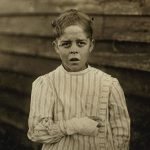Throughout history, deception has been a vital part of warfare. As early as Sun Tzu’s teachings, misleading the enemy—whether about troop numbers, movements, or intentions—has often turned the tide of battle.
But deception isn’t limited to the battlefield. Over the centuries, it has taken on many forms, some of which have been just as crucial to saving lives. The life of Adolfo Kaminsky exemplifies a different, more modern form of wartime deception: the art of forging documents.
With the skill of a true artist, he falsified official documents of dozens of countries without ever charging for his services. Despite forging documents for years, Kaminsky was never caught. His work was so precise it was almost impossible to detect.
Keep scrolling down to explore the incredible story of an unsung hero who, from behind the scenes, altered the fates of thousands with nothing more than ink, paper, and resolve for the sake of humanity.
Who Was Adolfo Kaminsky?
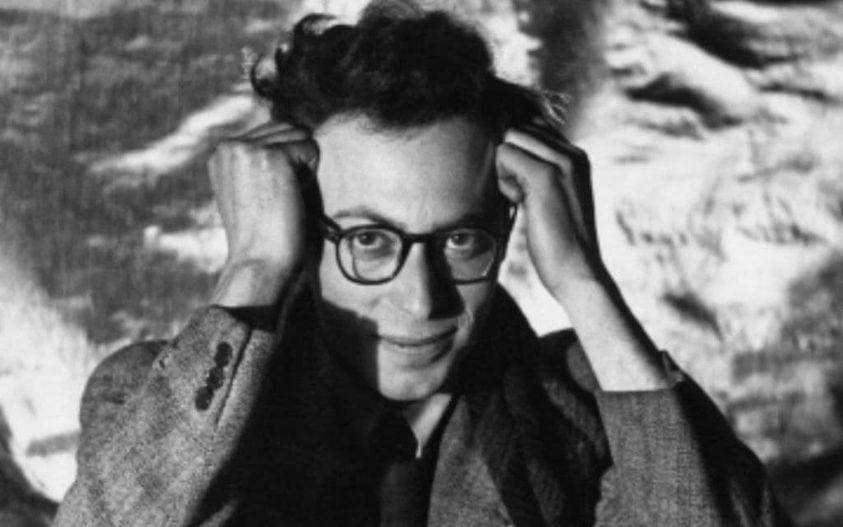
Adolfo Kaminsky was no ordinary man. His early life didn’t hint at the extraordinary path he would take. Born in Buenos Aires in 1925 to Russian Jewish parents fleeing pogroms, his family moved to France in the early 1930s.
To support the family, Adolfo left school at 13 and took a job in an airplane parts factory. After the Nazi occupation of France, Jewish employees, including Adolfo, were dismissed.
He then found work as an apprentice in a clothes-dyeing shop, where he learned about chemicals and dyeing techniques. He also worked in a dairy as a chemist’s apprentice and acquired valuable knowledge about dissolving substances.
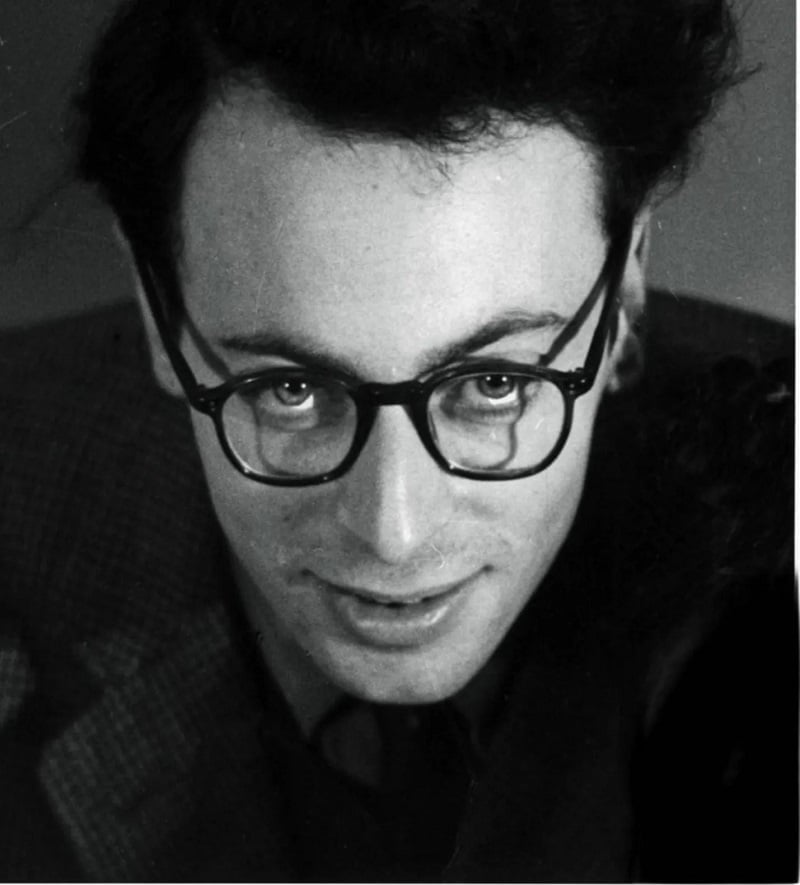
His mother tragically died in a mysterious train accident, which Kaminsky suspected was no accident. Shortly afterward, Kaminsky, his brother, and his father were arrested and taken to the Drancy internment camp.
They were released due to an administrative error. “We wanted to stay in the camp with all the rest of the deportees,” Kaminsky later recalled, but his father insisted they leave, saying, “You have important things to do on the outside.” And indeed, Adolfo did.
What he learned in those jobs about removing stains and dissolving ink would later become life-saving skills in the fight against Nazi oppression.
His life’s mission was simple: to save as many people as possible. Kaminsky said, “I saved lives because I can’t deal with unnecessary deaths – I just can’t.”
A Tragic Loss Pushed Kaminsky Into the French Resistance
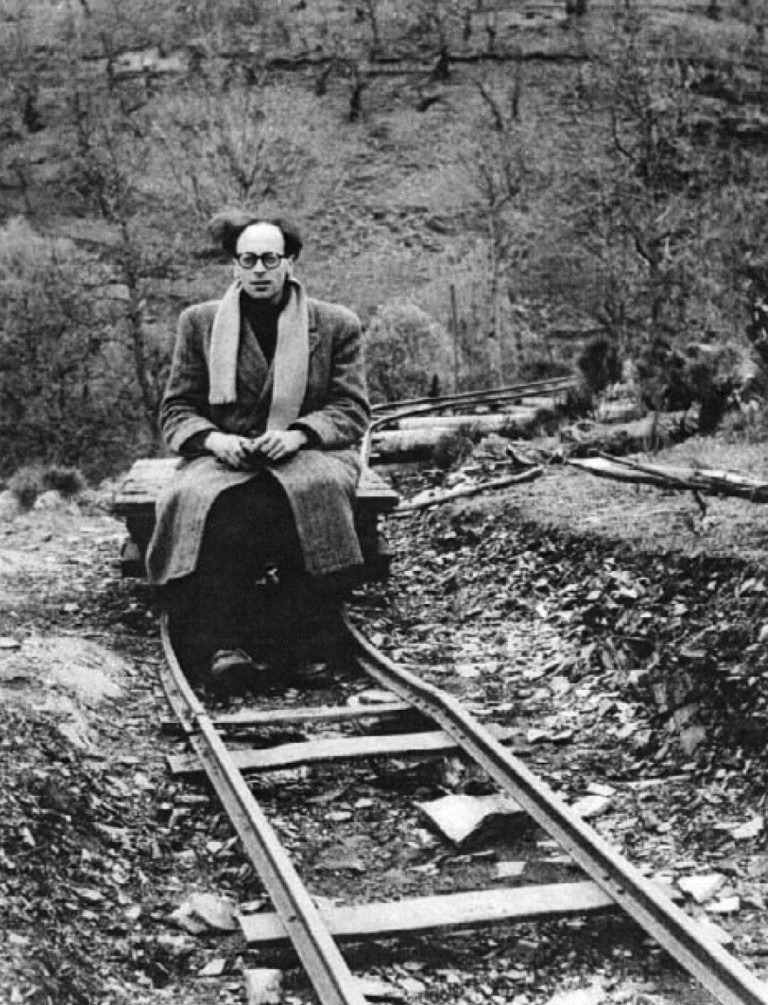
After the Nazis occupied France in 1940, his mother tragically died in a mysterious train accident, which Kaminsky suspected was no accident. Shortly afterward, Kaminsky, his brother, and his father were arrested and taken to the Drancy internment camp.
They were released due to an administrative error. “We wanted to stay in the camp with all the rest of the deportees,” Kaminsky later recalled, but his father insisted they leave, saying, “You have important things to do on the outside.” And indeed, Adolfo did.
This loss shook young Kaminsky to his core and sparked his determination to fight back against the Nazi regime. In 1944, at just 18 years old, he connected with the Jewish underground and offered his unique skills in chemistry.

The Resistance quickly recognized his value, especially his expertise in removing ink and altering documents, which would become his lifeline to saving others.
His work started with forging identity papers for himself—a test he passed flawlessly—and from that moment, he dedicated himself entirely to the cause.
The Art of Forgery: Kaminsky’s Weapon Against the Nazis
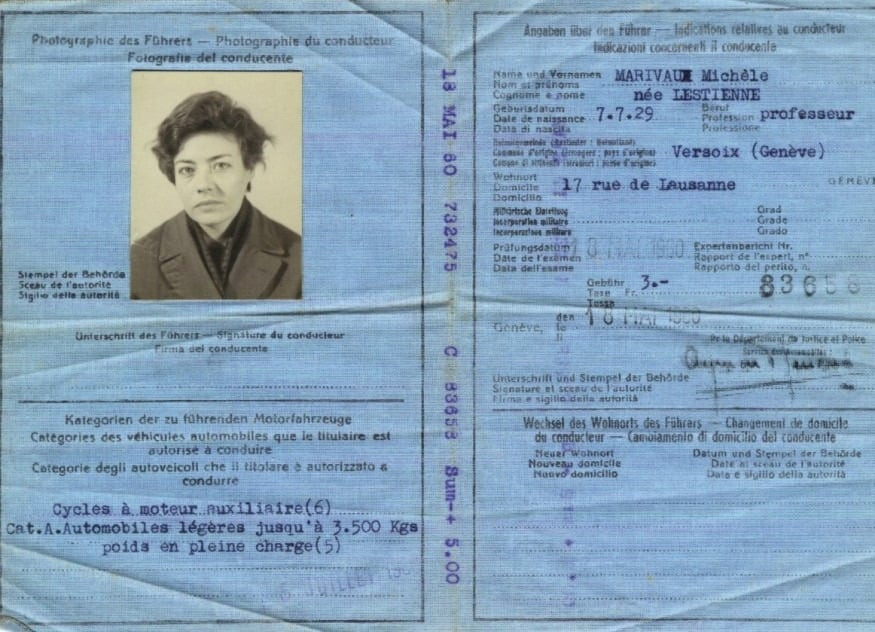
Kaminsky quickly became one of the most valuable forgers of the French Resistance. He produced fake birth certificates, identity cards, and passports for Jews and other persecuted individuals to escape Nazi persecution.
Kaminsky lost sight in one eye due to the strain of his meticulous work in the lab. In a New York Times documentary, he explained, “The math was simple. In one hour, I made 30 fake documents. If I slept for one hour, 30 people would die.”
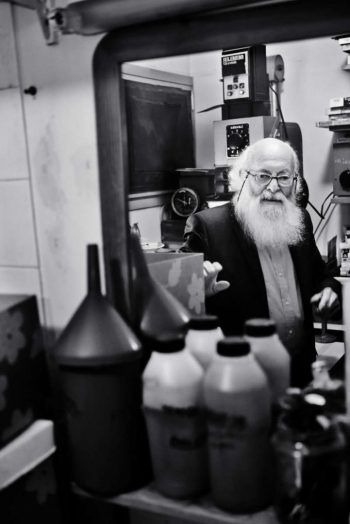
He often went days without sleep in a hidden lab in Paris because he knew that his forgery skills were the difference between survival and deportation for thousands.
His greatest achievement was creating 900 documents in just three days to save 300 children from being sent to Nazi death camps.
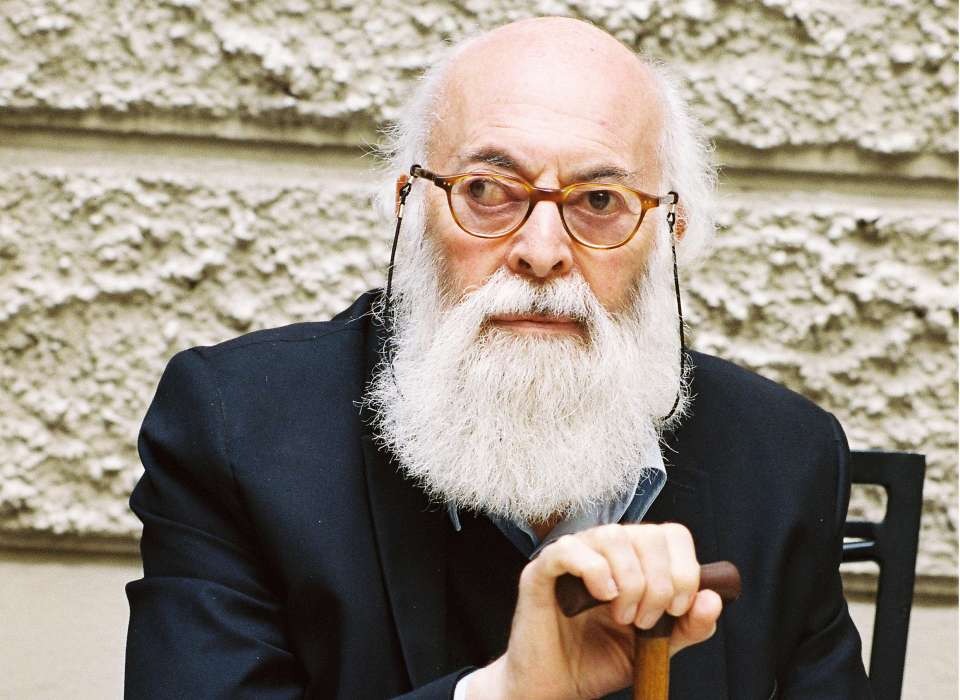
In 2022, historian Sarah Bennett Farmer, speaking at The National WWII Museum’s International Conference, estimated that Kaminsky’s skillful forgeries saved over 14,000 Jews from being deported to Nazi extermination camps.
Some researchers suggest the number may be closer to 10,000—either way, it’s a nearly miraculous figure. Most of those saved were children.
Every forged document by Kaminsky could mean the difference between life and death. As Kaminsky himself said, “On every document rests the life or death of a human being.”
A Lifelong Fight: Post-War Contributions
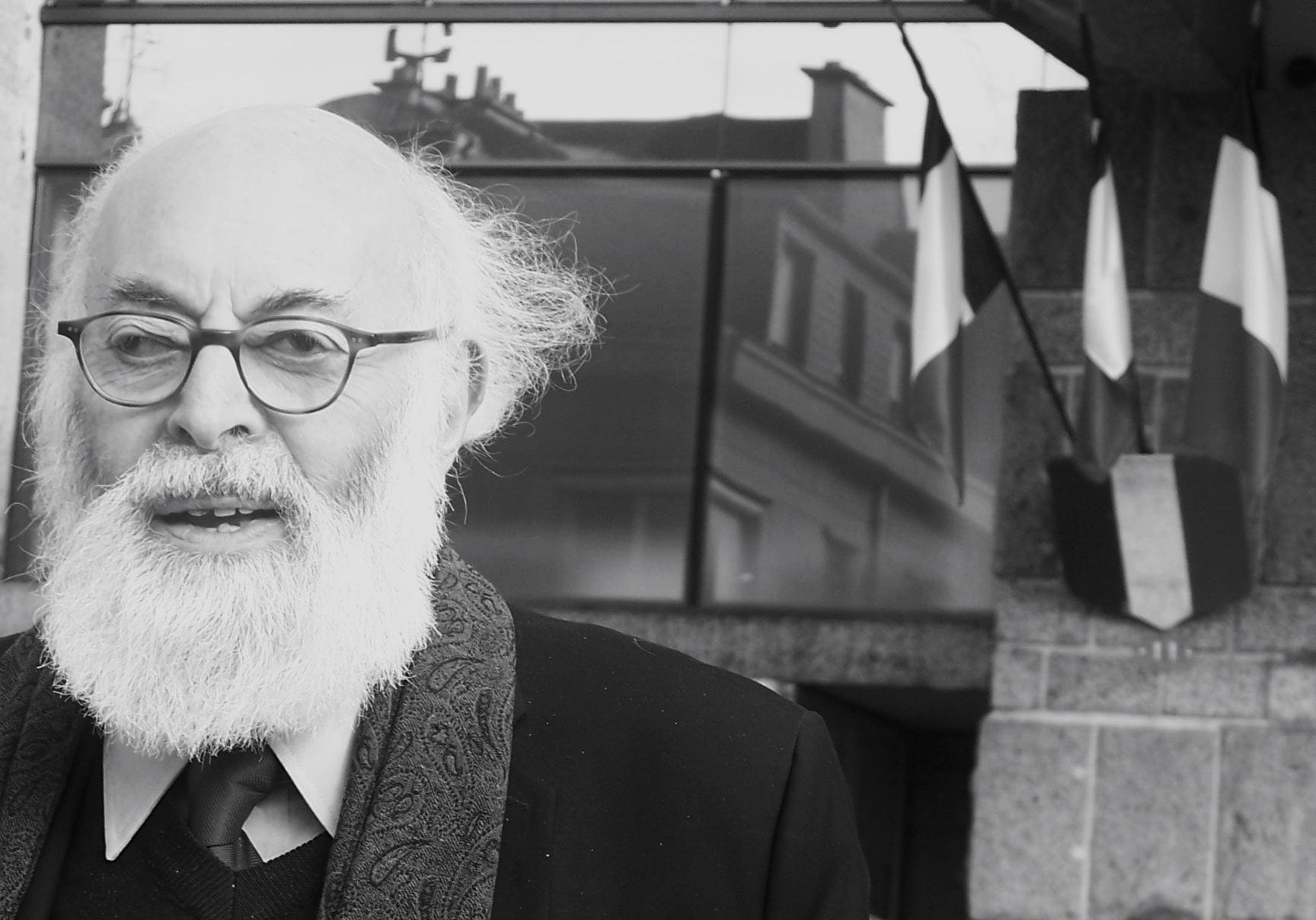
Kaminsky’s skills were still in high demand after World War II. He continued forging documents to help smuggle Jewish survivors to Palestine, working with the Mossad LeAliyah Bet organization.
His forgeries also supported the Jewish underground groups Lehi and Etzel, who were fighting for the independence of Israel.

He later assisted revolutionary movements in Algeria, South America, and Europe. He even forged currency to destabilize France’s economy during the Algerian independence movement, though that plan was abandoned after Charles de Gaulle promised Algeria its independence.
A Quiet Legacy: From Forgery to Photography

Though Kaminsky continued to forge documents for revolutionary causes well into the 1970s, he eventually settled into a quieter life as a commercial photographer. He lived in Algeria for a decade before returning to Paris.

Despite his far-reaching influence, Kaminsky kept his work hidden for many years.
It wasn’t until his daughter Sarah published a biography of his life, Adolfo Kaminsky: A Forger’s Life, and a documentary, The Forger, was released that his story became widely known.
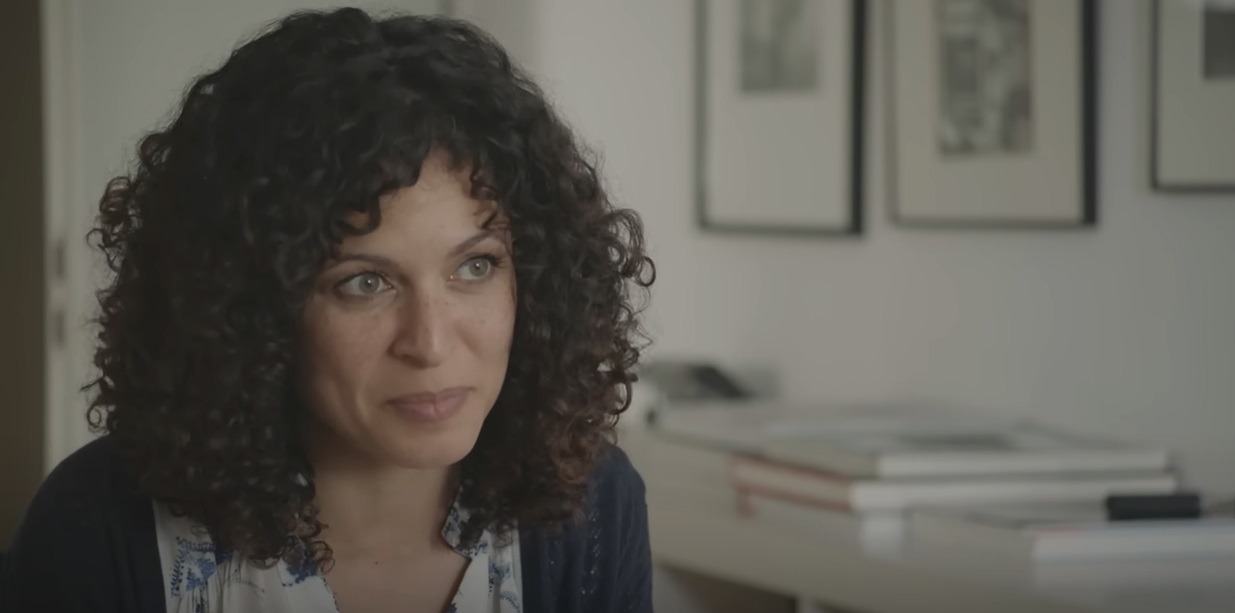
Kaminsky’s legacy is one of selflessness, dedication, and quiet heroism. As he once said, “All humans are equal, whatever their origins, their beliefs, their skin color. There are no superiors, no inferiors.”
He never sought recognition, but his work saved thousands and left an indelible mark on history.

Adolfo Kaminsky passed away at his home in Paris on January 9, 2023, at 97. He is survived by his wife, two daughters, two sons, and nine grandchildren.


